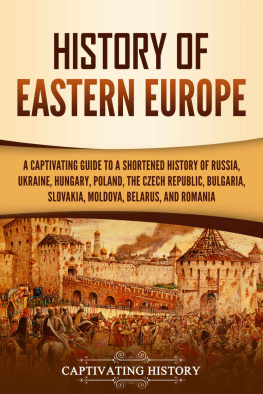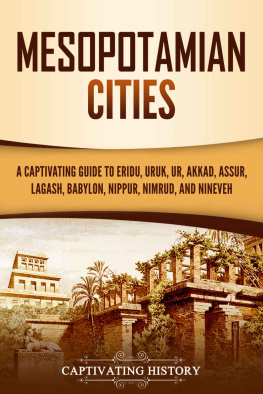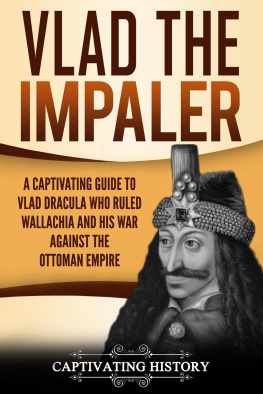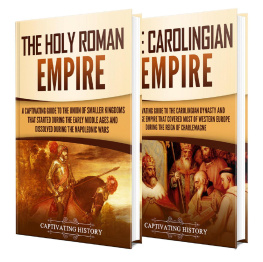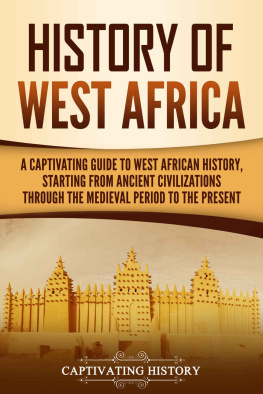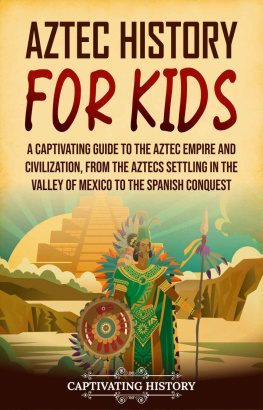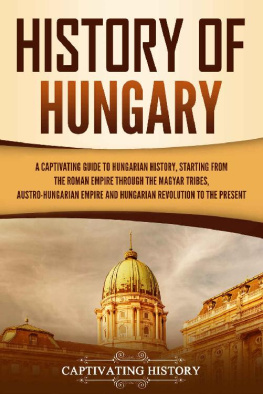My name is Matt Clayton, and Im the creator of Captivating History. First off, I want to THANK YOU for reading our books in the Captivating History series. As an avid reader of History myself, I aim to produce books that will hold you captive.
Now you have a chance to join our exclusive history list so you can get the ebook below for free as well as discounts and a potential to get more history books for free! Simply click the link below to join.
P.S. If you join now, you will also receive a free Mythology book. Remember that its 100% free to join the list.
Introduction
The one-character trait that sometimes surpasses the human instinct for survival is curiosity. When humans discovered an entire hemisphere that lay beyond their own Eastern Hemisphere, the race was on.
What opportunities would these new lands hold? Surely, a small country in Europe could wield the power of an empire if it could claim these new lands in the Americas. After all, there was new fertile land in these Americas, the lure of wealth, the entertainment of exciting wildlife, productive vegetation, and the marvelous treasures that shone and glittered. So daily do I send these praises coming forth in the garb of our ancestors: I shine; I glitter, prayed the ancients. The cry for gold overcame all the peoples mortal fears. It echoed in 1528 in the search for the ethereal El Dorado, in 1632 in Venezuela, and in the frigid Yukon in 1896.
The countries came and claimed and clashed as they tried to mix and meld. Instead, they found themselves caught in the dialectic of opposing sides, caught in a game of tug-of-war over acres of plains and pampas, sand and stones, mountains and mesas.
It was the rush of civilizations. In 1494, two headstrong countriesPortugal and Spaindivided up this grand New World between them with a ludicrous agreement called the Treaty of Tordesillas. It was ignored by the French, the Dutch, and the English. The indigenous tribes, who had controlled the lands before the Europeans descended upon them, looked upon the intruders first as visitors, then disease carriers, and then enemies of the lands that they insisted were their right to own. Settlements and civilizations rose and fell, like the Maya of the Yucatan Peninsula, the Aztecs of Mexico, the conquistadors of old, and the masked warriors who made greed their motive.
The Americas is a collage of differences and similarities. Civilizations, like the waves at the shore, will ebb and flow throughout history. They might rise and fall, but more often than not, they will not fall without leaving behind their legacies, upon which life is built.
You will see in these pages that history may repeat itself, but there is always progress and change. Like the sun that always rises, there will always be new days where the indomitable spirit of humankind surpasses its own dreams. This is shown in the story of the people who lived and ventured to the Americas.
This story is massive, and for that reason, it is important to note that not everything can be covered. Many events that deserve an entire book on their own will be given a brief summary. However, this book is a great way to whet your appetite for more information, and hopefully, you will be able to do further research on the topics that pique your interest. The book first touches upon the major ancient civilizations of Mexico and South America before being divided into sections on South and North America. The information, for the most part, is told chronologically in their respective sections for easier readability.
Chapter 1 The Olmecs: The Rubber People (1500400 BCE)
Patiently, the ancient artisan bent below a tubule he had shoved into the trunk of a rubber tree ( Castilla elastica ) to collect the milky fluid (latex) as it oozed from the fifty-foot tree looming above the forest canopy. After taking his pail to the campsite, the man carried it gingerly to his work area. Then he took some of the latex, molded it into a ball-shape, and let it harden on a rock. He then stirred up the rest of the latex with the squeezed juices of ground-up vines that are related to the Morning Glory plants of today. Next, he flattened the mixture with a stone rolling-pin device and cut the irregular piece into strips. Each strip was progressively wrapped around the rubber ball core. These balls were of various sizes, from that of a volleyball to slightly larger than a tennis ball. Since they were made of solid rubber, they were all relatively heavy. The hard-working man brought his handiwork to the ball games and tribal celebrations in the towns carved out of the dense jungles of Mesoamerica.
Mesoamerica is Central America, that strip of land connecting the continents of North America and South America. The Sierra Madre Mountains in the north and south created highland areas that were relatively arid. The lowlands were a very green area, heavily canopied with very tall trees. The moist black soil was fertile and wet. A constant hiss emanated from the ground, produced by locusts and oversized insects that were rapidly snapped up by the wild mice and rats. Giant vines hung from the trees, as well as snakes, so the cautious hunter kept a skin-like scarf on his head.
As the hunters stealthily tiptoed through the jungles, the heavy footfall of the jaguar wove in between the tree-trunks, in search of prey once night had fallen. The jaguar was a magnificent spotted mammal that hunted crocodiles, turtles, snakes, monkeys, tapirs, and peccaries. Tapirs and peccaries, which are very common in the rainforest, are pig-like animals that congregate near waterholes. The hunters of Mesoamerica tracked the paths of jaguars because they consumed the same prey.



